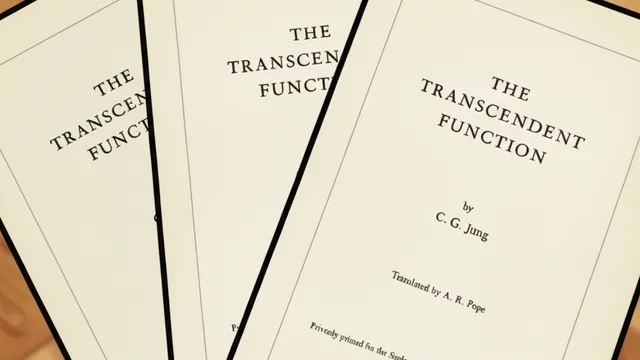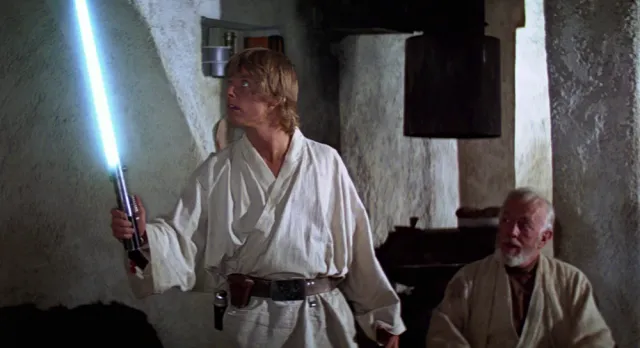Kids Who Don’t Fit the System: A Personal Story
A childhood of low scores and setbacks didn’t stop me. This story shows why test results can’t predict resilience, passion, or success.

I started school in Lexington, Kentucky, in the late 1970s. Kindergarten, then first grade. And then first grade again, because the first time around the adults decided I wasn’t ready to move forward. That was my first official encounter with the idea that there’s a “normal pace” for development and I wasn’t keeping it. At six years old I was already running behind.
We moved a lot. After finishing first grade I was in Long Island, New York, for another round of first and then second grade. By third grade I was in Richmond, Virginia. Fourth grade, Crystal Lake, Illinois. Fifth grade back in Lexington. Then, finally, a long stretch in Marietta, Georgia, where I would finish sixth through twelfth grade. These weren’t just minor disruptions. Every move meant new teachers, new expectations, new standards, new kids to measure yourself against.
What effect did all of this have? It’s hard to know for sure, because I didn’t know anything different. When you grow up moving every year, it just feels normal. But looking back, I suspect it shaped me more than I realized. I’m introverted by nature, yet moving around made making friends a survival skill. If you don’t figure out how to connect quickly, you end up isolated. So I became social in spite of myself. I adapted. There’s research today that suggests frequent moves can disrupt academic progress and social stability, but they can also build resilience. For me, it did both.
The official way schools keep score is through standardized tests. In seventh grade, 1985–1986, mine showed me at about a fifth grade reading level, a third grade math level, and a second grade language level. Put plainly, the tests said I was behind almost everywhere that mattered. The percentile ranks confirmed it: 42 in reading, 8 in math, 6 in language. Teachers reading those results would have assumed I was destined for remedial classes. The only exceptions were science and social studies, where I scored in the 80s and 90s. On those, I was testing at a high school or even college level.
That always made sense to me. I was fascinated by science from the very beginning. I asked questions my mom didn’t know how to answer, and instead of shutting me down, she took me to the library and let me figure it out for myself. That was the pattern: curiosity leading to research, skepticism until I found data to back it up. The answers were never handed to me, and when they were, I never trusted them at face value. I needed to verify. That instinct carried through my entire life and, in hindsight, it makes perfect sense that I ended up in data and analytics.
High school didn’t smooth the picture out. By ninth grade, I took a cognitive abilities test, the kind that supposedly measures your underlying capacity to reason. My composite was in the bottom 2% of students nationally. That’s the kind of score guidance counselors see and quietly file away under “not college material.” At the same time, my achievement tests showed me in the bottom 1–5% across reading, language, math, science, and social studies. If the metrics told the truth, I was sinking.
And yet, there were contradictions. In the same record set that shows me as a bottom 2% student, there’s also a composite ACT score of 30, which is the 97th percentile nationally. The ACT is the college entrance exam that was as respected then as the SAT is on the coasts. A 30 would have opened doors at almost any university in the country in the late 1980s. How do you reconcile bottom 2% and top 3% within the same file? The easy answer is that the school report was cumulative, and the ACT score actually came later, junior or senior year, not when I was fifteen. But the deeper answer is that these measures are snapshots, not destinies.
What the record actually shows is inconsistency, context, maybe even boredom. I used to sit in the back of the class and read while lessons went on, which I’m sure teachers read as apathy. I wasn’t apathetic. I was bored. The work felt trivial, and the pacing too slow. So I disengaged. And when you disengage, your test scores suffer, unless the test happens to line up with your natural interests or curiosity.
There were other factors at play. Around fifth grade, I was taken to the eye doctor and it turned out I needed glasses. It’s likely I had not been seeing well since first grade, which probably explained some of the early struggles. In middle school I was diagnosed with Attention Deficit Disorder, now called ADHD. My parents decided I was fine and refused medication. I don’t know if that was the right decision or not, but it meant I grew up learning how to cope without pharmaceutical help. Despite bad grades, discipline problems, and teachers thinking I wasn’t very smart, my parents told me I was fine. So I believed them. I never took the scores or the grades too personally.
Later, in college, I was diagnosed with dyslexia. Who knows whether that was a separate issue or part of the same cognitive picture. Today, it’s possible I would also be diagnosed with autism. I can take things very literally and sometimes struggle to understand emotions in other people. To me, these aren’t problems. They’re just part of who I am. But to the school system in the 1980s, they looked like deficits, reasons to expect less.
It would be nice to say there was a straight line upward from there, but that would be a lie. I did finish high school in 1991, then spent a year at West Georgia College, before dropping out. I didn’t go back until 1994, when I finished my bachelor’s at the University of Georgia. Then went to graduate school in California, then another graduate program at NYU two decades later. The official timeline looks impressive. But underneath it is the fact that my early academic record gave no indication that any of that would happen.
That’s the point. Success isn’t linear, and it isn’t predictable only from test scores or grades. The idea that there’s a clear pipeline — good grades to good school to good job — is a story adults like to tell. But for many of us, it doesn’t work that way. I was told by the numbers that I wasn’t capable, but I ended up leading teams of hundreds and earning well beyond what most people in my class ever imagined. The numbers failed to predict the outcome.
What made the difference wasn’t just the teachers. Parents mattered, teachers mattered, but I was also driven in ways that the system couldn’t measure. My fascination with science kept me asking questions, digging for answers, trying to make sense of the world. Sports like football and baseball gave me structure, belonging, and another reason to stay engaged. I wasn’t always motivated by grades, but I was motivated. Still, the teachers who believed in me despite what the scores said made a huge impact. They gave me room to be curious, even when it showed up as restlessness or distraction. They didn’t only see apathy. They saw possibility.
When I look back now, with decades of distance and a career that would have been unimaginable to my seventh grade self, the lesson is clear. Scores measure one thing, on one day, in one context. They do not measure destiny. They don’t measure persistence, curiosity, resilience, or the ability to think differently. They don’t measure what happens when you find yourself in the right environment, at the right time, with the right teachers and mentors.
Maybe things are worse now for kids coming up today. Maybe kids get locked into their score profiles even earlier, tracked into one path or another. I hope not. Because my story shows that the machine we used to measure academic achievement doesn’t work, it's not predictive. That’s not just optimism talking. It’s evidence.



